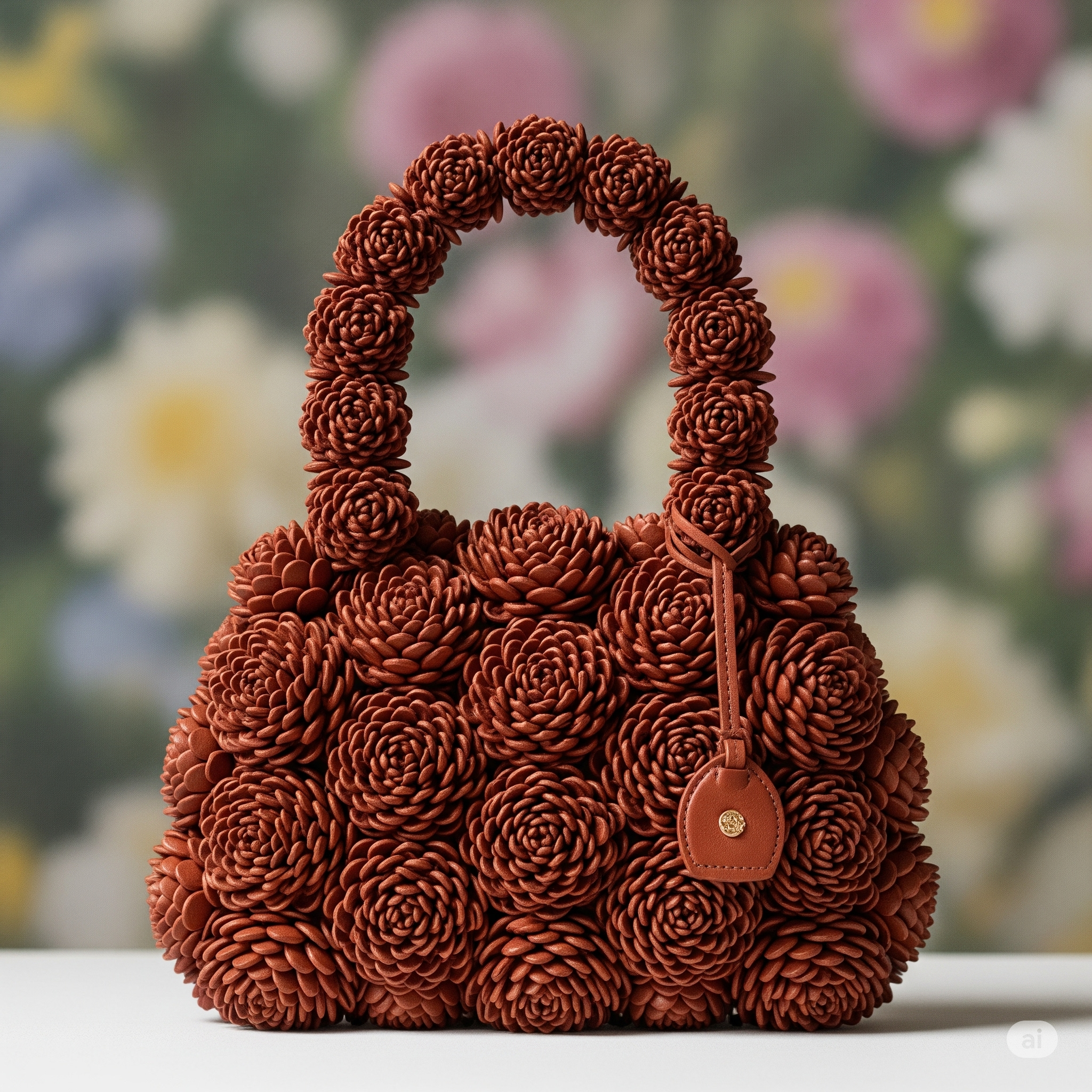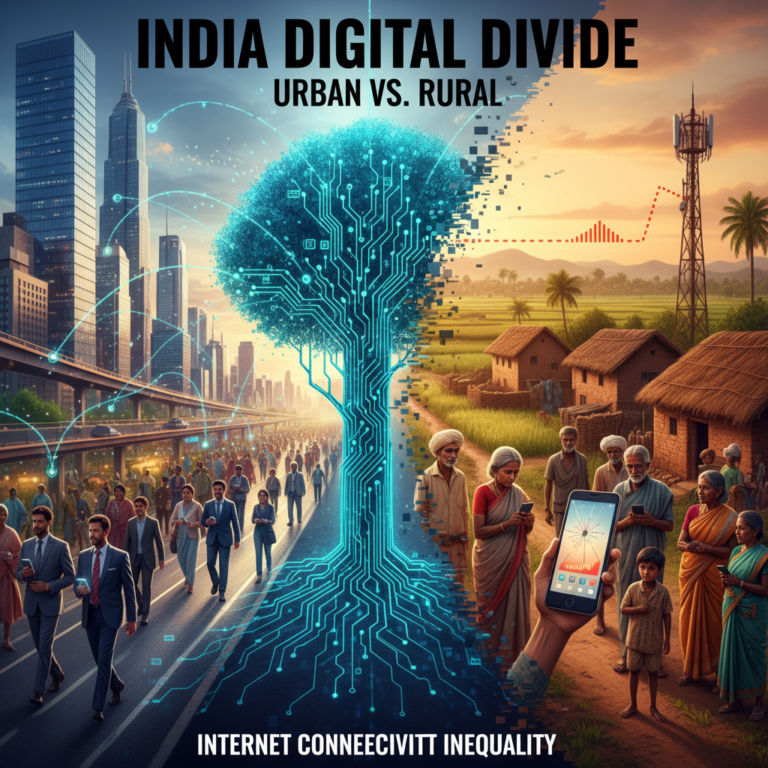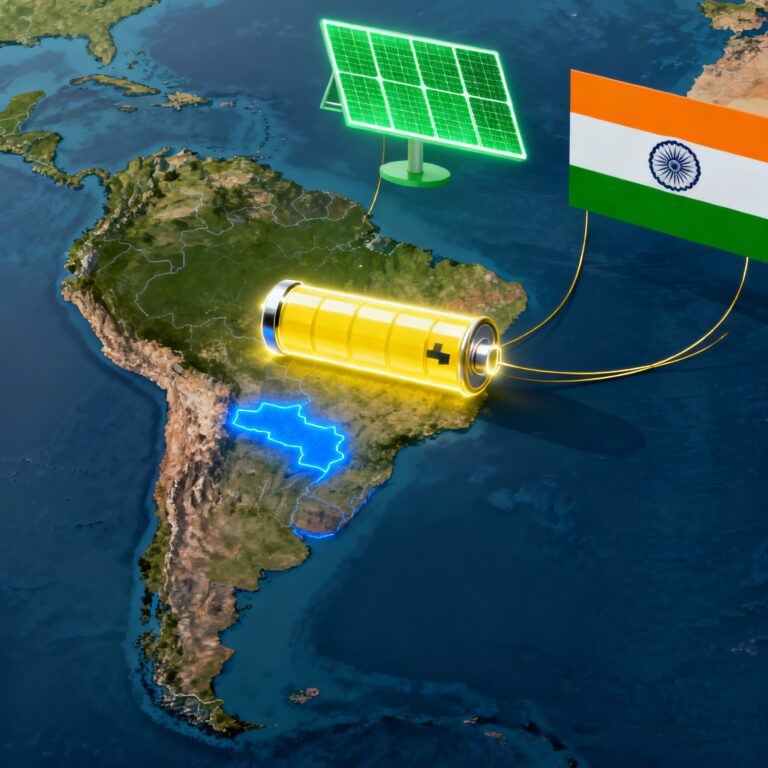Sacred Waste, Stylish Future
Every morning, millions of flowers are offered with devotion in India’s temples. Every evening, thousands of tons of these sacred blooms are discarded, often ending up in landfills or rivers.
But what if we told you that the same flowers offered at your local temple could become your next favorite handbag?
Welcome to the floral leather revolution—a groundbreaking solution that blends sustainability, fashion, and innovation, led by startups and researchers who are rethinking waste from the roots up.
🧪 What is Vegan Leather—And Why Does It Matter?
Vegan leather, also known as faux or synthetic leather, is any leather alternative that avoids animal products.
Traditional faux leather, made from PVC or PU, may be cruelty-free but is hardly eco-friendly. They are non-biodegradable and petroleum-based, creating microplastics and toxic emissions during production.
That’s why plant-based vegan leathers—made from mushrooms, pineapples, cactus, and now temple flowers—are gaining ground. These new materials offer a sustainable, circular solution to the fashion industry’s environmental impact.
🌺 India’s Floral Waste Problem: A Silent Crisis
India discards an estimated 8 million tons of flower waste annually, a large chunk of it from temples, especially in holy cities like Varanasi, Haridwar, and Mathura.
These flowers are:
- Treated with pesticides and dyes
- Often dumped in rivers, adding to water pollution
- Left to rot, creating methane—a potent greenhouse gas
Yet, this same waste contains natural fibers, pigments, and essential oils, making it a goldmine for sustainable materials.
🧵 Turning Flowers into Fabric: The Science Behind It
How It Works:
- Collection: Floral waste is gathered from temples and religious sites.
- Cleaning: Flowers are washed and sorted (marigold, rose, hibiscus, etc.).
- Processing: Petals are broken down into pulp and mixed with organic binders.
- Sheet Formation: The pulp is being pressed, dried, and textured to resemble animal leather.
- Finishing: It’s dyed naturally, waterproofed, and reinforced with textile layers.
The result? A durable, biodegradable leather substitute that looks, feels, and functions like real leather—but without the carbon guilt.
🧵 India’s Vegan Leather Innovators: Leading the Floral Charge
1. Phool.co – The Pioneer from Varanasi
- Founded by Ankit Agarwal, Phool collects temple waste from over 300 temples.
- Their innovation, Fleather, has won global awards for turning flower waste into leather-like material.
- Backed by DSG Consumer Partners and Alia Bhatt, Phool is scaling production sustainably.
2. Atypical Advantage
- Collaborates with artisans with disabilities to create ethical, handcrafted Fleather products.
- Promotes social inclusion and sustainability in one package.
🌱 Why Floral Vegan Leather Is a Game Changer
| Benefit | Explanation |
|---|---|
| 🌍 Environmental | Diverts floral waste from landfills & rivers; reduces methane emissions |
| 🐄 Ethical | Animal-free alternative to traditional leather |
| 💧 Water-Saving | Uses less water than leather tanning, avoids chromium pollution |
| 🧵 Fashion-Ready | Can be dyed, embossed, and styled like leather |
| 🇮🇳 Local Impact | Empowers waste workers, artisans, and circular startups in India |
👜 Real Products Made From Floral Leather
- Handbags
- Wallets
- Footwear
- Laptop sleeves
- Watch straps
- Journals and accessories
Brands are now partnering with fashion houses, hotels, and eco-conscious startups to use floral leather in their collections.
🌍 Global Context: Where Does India Stand?
While the world is exploring pineapple leather (Piñatex, Philippines), mushroom leather (Mylo, USA), and apple leather (Italy), India’s flower-based vegan leather is:
- Culturally rooted
- Abundant in raw materials
- Scalable through temple partnerships
- Aligned with SDGs on climate, water, and sustainable cities
In fact, India has the potential to be the world’s leader in this niche if proper policy and industry support align.
🧠 Challenges & What Needs Work
| Challenge | Possible Solutions |
|---|---|
| 🌧️ Seasonality | Use cold storage for flowers or diversify bio-waste sources |
| 📈 Scalability | Government subsidies and MSME support |
| 🏭 Infrastructure | Shared bio-processing labs for startups |
| 🧪 R&D | More research on improving texture, strength, and shelf-life |
| 🛍️ Market Awareness | Eco-labeling, certifications, and storytelling in marketing |
🔁 Circular Economy in Action
This innovation is a closed-loop success story:
- Waste to raw material
- Biodegradable end product
- Low water and energy input
- Social inclusion (via waste workers and artisans)
It’s the perfect case study for “waste as wealth” and India’s push toward a green economy.
🧵 Final Thoughts: A Flower-Powered Future
In a world drowning in plastic and pollutants, India’s temple flowers are pointing us toward an elegant, eco-conscious solution.
From sacred petals to chic purses, the rise of floral vegan leather is not just a trend—it’s a movement for climate, culture, and creativity.
🌸 “Waste is only waste if you waste it. In the right hands, even wilted flowers can blossom again—as fashion, as purpose, as hope.”









+ There are no comments
Add yours